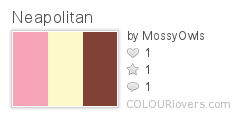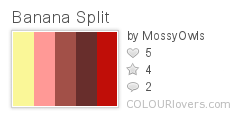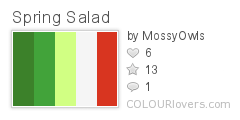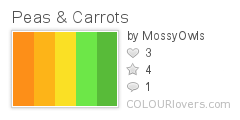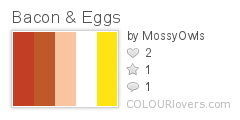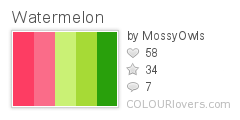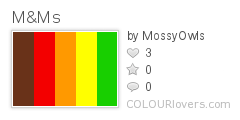Ten on Tuesday: Ten Faux Effects in Polymer Clay
1. Opal
This one's a classic, as far as I'm concerned. (It was one of the techniques, if not the technique, that made me interested in trying out polymer clay in the first place.) Different "recipes" call for slightly different products, but most of them start with lightly tinted translucent clay and glitter. There are several different faux opal tutorials available online: my version, Linda Geer's "opalgeers", Barbara Reider's version, Kathy Weinberg's version, Susan Fadl's faux Australian opals, and Donna Kato's version. There are others, too, but this will get you started.
2. Jade
Another classic. You'll need translucent clay (again-- as you will for most faux stones) and something to tint it (usually green), whether you use clay, alcohol ink, powdered pigments, mica powder, embossing powder, or something else. Here are a few ways to make faux jade: Parole de Pâte version (in French), Lynn Krucke's version, Adria Filion's glow-in-the-dark jade, and Vyxxan's version.
3. Lava Rock
This is something I made a tutorial for fairly recently. It's a simple technique that doesn't require much more than black clay and a few texturing tools. Here's my version: Faux Lava Rock. And here's Ponsawan's version, which uses rock salt and earthy colors of clay: Faux Lava Rock Beads.
4. Turquoise
Yet another popular faux stone. Most tutorials require turquoise clay. Many also call for translucent, black, and/or white clay-- sometimes other blues, greens, or yellows. Acrylic paint is another common "ingredient", and sometimes even mica powders make an appearance. Try these tutorials for starters: Jeanne A. E. DeVoto's version, Kathy Halverson's verison, Mary Lyon's version (with a faux coral tutorial further down the page), The Clay Store's version, and the eHow version.
5. Sparkling Moss Agate
Not all faux stones have to stick strictly to the parameters set up by nature. Don't be afraid to put your own spin on a faux technique. Don't have the "right" color of something? Why not experiment with the colors you do have? Desiree McCrorey's sparkling moss agate tutorial turns translucent clay, black clay, and "sparkling copper" Pearl Ex into beautiful faux stones.
6. Agate
Sliced agate comes in a gorgeous range of colors. It's used not only in jewelry, but also in home decor. Read Jenny Cox's faux agate tutorial to learn how to make your own. There are other versions of agate slices in at least two books. (See more on that below.)
7. Fossilized Agatized Coral
I hadn't heard of this stone until I saw Tinidril's tutorial. It's quite pretty, and if you weren't concerned with absolute accuracy, I imagine you could create great effects using different colors, too.
8. Amber
Because polymer clay doesn't cure to complete clarity, it's not as good as resin at mimicking the type of amber that's so clear you can see bugs trapped in it. However, the more opaque amber has its own beauty. Recipes vary, but usually they start with translucent clay tinted in various shades of yellow and honey. Tutorials often call for ink or acrylic paint to give the "stones" an aged appearance. Here are a couple of sites to visit for more information: Faux Amber at Polymer Clay Express and Faux Bone and Ivory by Michelle Ross.
9. Bone/Ivory
Although bone and ivory aren't the same thing, they are often grouped together in tutorials, because they look much alike. Most faux bone and ivory "recipes" require translucent, white, and ecru or beige clay and use a layering or caning technique to imitate the striations in natural bone or ivory. Antiquing with acrylic paint gives the illusion of age. Visit these tutorials for more specific advice: Desiree McCrorey's faux bone/ivory, another tutorial by Desiree, Emi Fukushima's version, and Kim Cavender's version.
10. Abalone
The beautiful colors of this seashell makes it a popular candidate for "fauxing". Here are a few ways to imitate abalone: Polymer Clay Express version, Jenny Cox's version, and Marie Segal's version (three pages long, so don't forget to hit the "next page" button!).
~ * ~ * ~ * ~
There are many more faux techniques out there-- in other tutorials, in videos, in books-- and goodness knows how many more still waiting to be created! Several books include lessons on a few faux effects, but as far as I know, there are only two that are solely dedicated to the subject: Irene Semanchuk Dean's Faux Surfaces in Polymer Clay, and Victoria Hughes' Polymer: The Chameleon Clay. For the bead-maker with a penchant for faux, I can also recommend Carol Blackburn's Making Polymer Clay Beads. The second section of the book focuses on faux techniques-- sixteen of them.
Here are a few related websites you might also want to check out:
- Glass Attic has lots of information about various faux techqniques.
- Elizabeth Campbell's pdf on "Faux Looks".
- Transcript of a chat with Kathy Gregson on the subject of faux effects.
- Mary Tafoya's examples of 14 faux finishes (with a few general tips).
